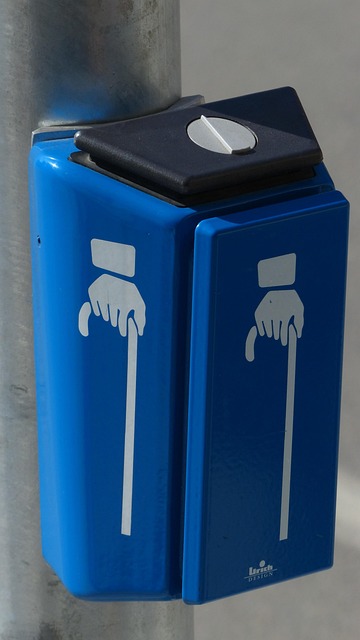Bail and pretrial release in Oregon strive to balance public safety and fairness. The pretrial release process involves a multi-step assessment by a judicial officer, considering crime severity, personal history, community ties, and substance abuse issues. Conditions like check-ins and rehab participation are emphasized instead of solely relying on financial bail bonds. Crime severity, criminal history, community connections, and victim/community risks guide decision-making, ensuring compliance while allowing defendants temporary freedom until trial.
In Oregon, understanding bail and pretrial release is crucial for anyone facing criminal charges. This article guides you through the intricacies of these processes, providing insights into what constitutes bail and pretrial release, and how the system operates in the state. We explore the Oregon pretrial release process step-by-step, highlighting key factors that influence release decisions. By delving into these aspects, individuals can better navigate their legal options during this critical phase.
- What is Bail and Pretrial Release?
- The Oregon Pretrial Release Process
- Factors Affecting Pretrial Release Decisions in Oregon
What is Bail and Pretrial Release?

Bail and pretrial release are critical components of Oregon’s criminal justice system, ensuring that individuals accused of crimes have their day in court while maintaining public safety. Bail refers to the financial security provided to a court by an accused person or their surety to guarantee their appearance at future legal proceedings. It acts as a temporary release from jail until the trial, allowing defendants to return to their homes and communities pending the outcome of the case.
Pretrial release, on the other hand, is a broader term encompassing various conditions set by the court for an individual’s release before trial. These conditions may include regular check-ins with officers, surrendering travel documents, restrictions on accessing specific areas or individuals, and adhering to curfews. The goal of pretrial release is not only to ensure the defendant’s presence at future legal obligations but also to minimize the risk of flight, potential danger to the community, and the impact of pre-trial incarceration on the accused’s life.
The Oregon Pretrial Release Process

In Oregon, the pretrial release process is a carefully structured system designed to ensure fairness while respecting the rights of both defendants and victims. It involves several steps that aim to determine an appropriate level of freedom for an accused person before their trial. The process begins when a judicial officer reviews the case and considers various factors, including the nature of the alleged offense, the individual’s flight risk, and their potential danger to the community. Based on this assessment, the officer decides whether to release the defendant on their own recognizance or with specific conditions.
This decision is often influenced by Oregon’s pretrial release guidelines, which provide a framework for evaluating cases. These guidelines consider factors such as the severity of the crime, the defendant’s history and ties to the community, and any potential substance abuse issues. The process encourages the use of non-monetary conditions, like regular check-ins with officers or participation in rehabilitation programs, to ensure compliance without relying solely on financial bail bonds.
Factors Affecting Pretrial Release Decisions in Oregon

In Oregon, pretrial release decisions are influenced by several key factors that courts consider to assess an individual’s likelihood of appearing for future court dates and ensuring public safety. One of the primary considerations is the nature and severity of the crime charged. Heavier offenses often result in more stringent conditions or denial of pretrial release, while less serious misdemeanors may lead to more lenient terms. The defendant’s previous criminal history plays a significant role; those with a clean record or minimal prior convictions might be viewed favorably compared to individuals with repeated run-ins with the law.
Another crucial aspect is the defendant’s connections to the community. Living in Oregon, having stable employment, and strong local ties can enhance the chances of pretrial release, as it demonstrates a reduced risk of flight. The court also assesses the defendant’s financial resources, as the ability to post bail indicates a commitment to adhering to court requirements. Additionally, any potential risk to victims or the community is carefully evaluated, leading to specific conditions being imposed to mitigate these risks.
